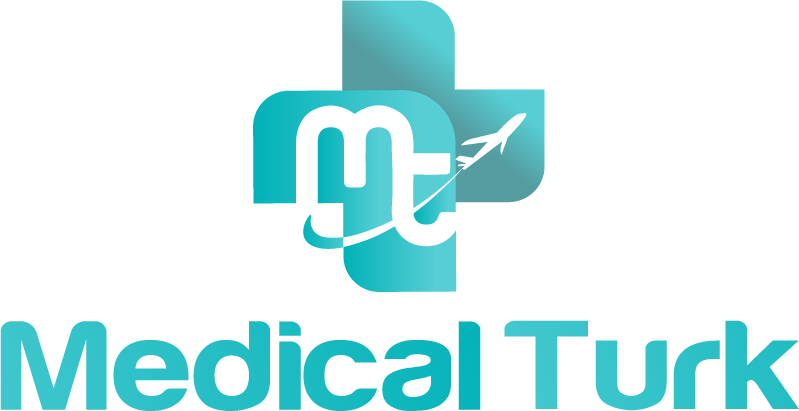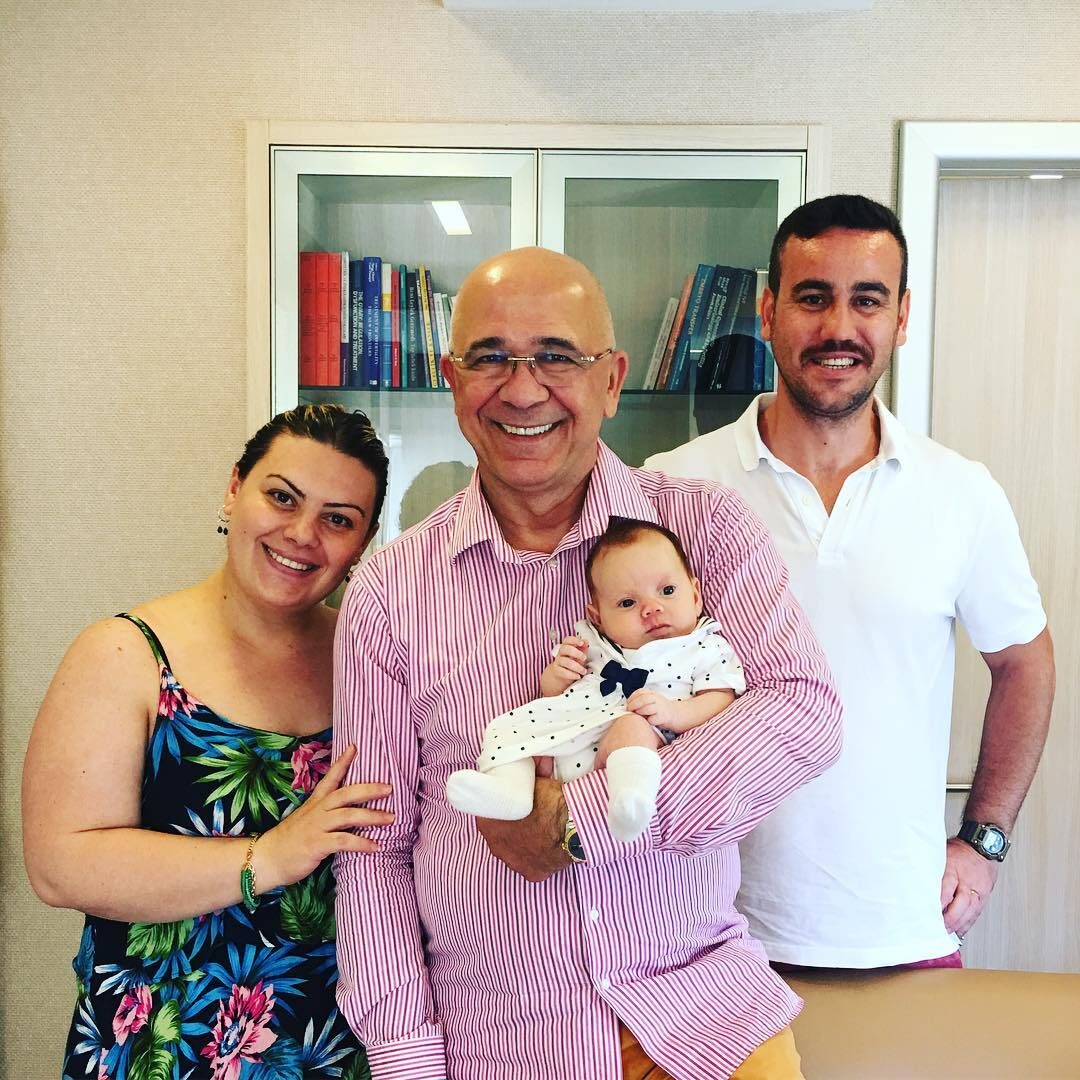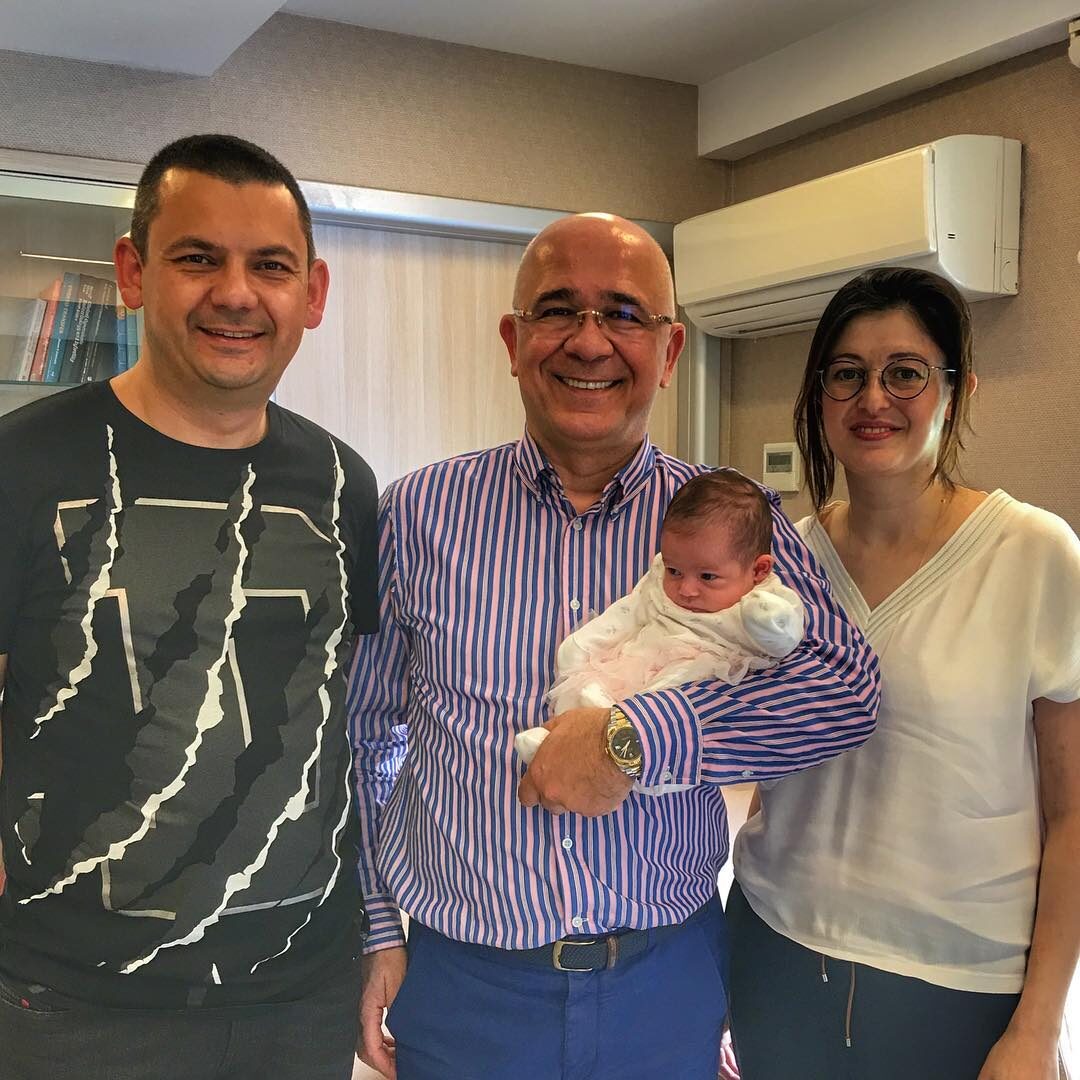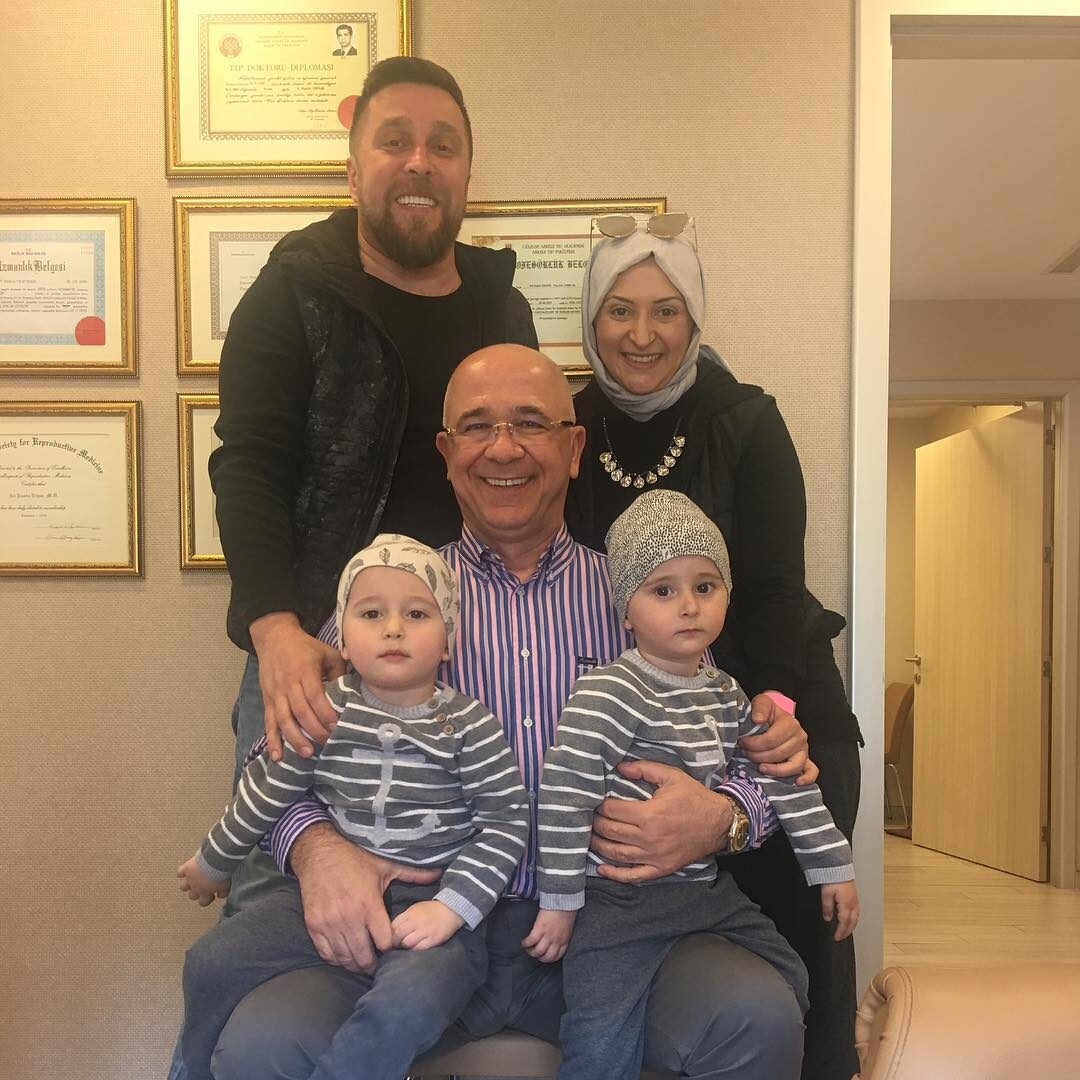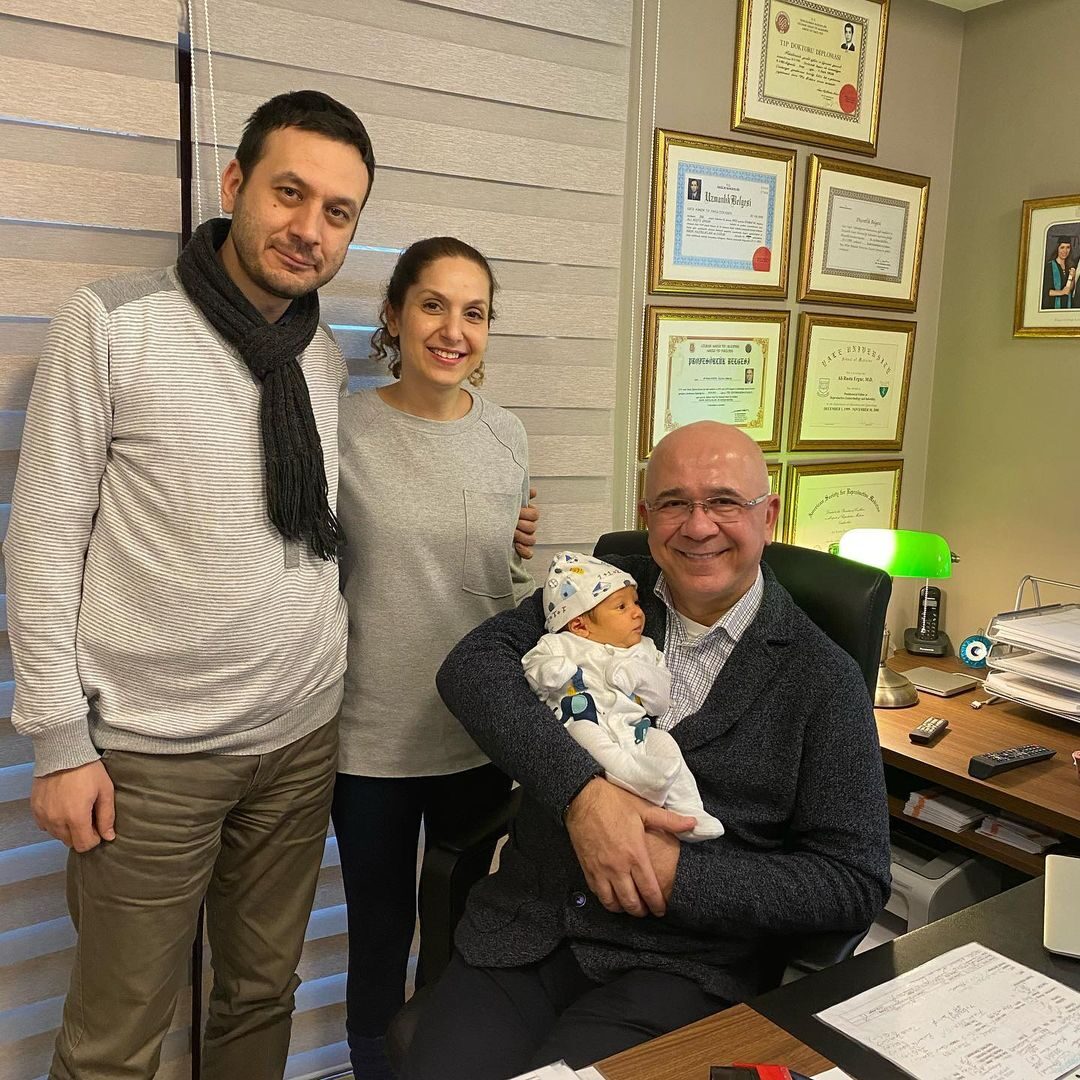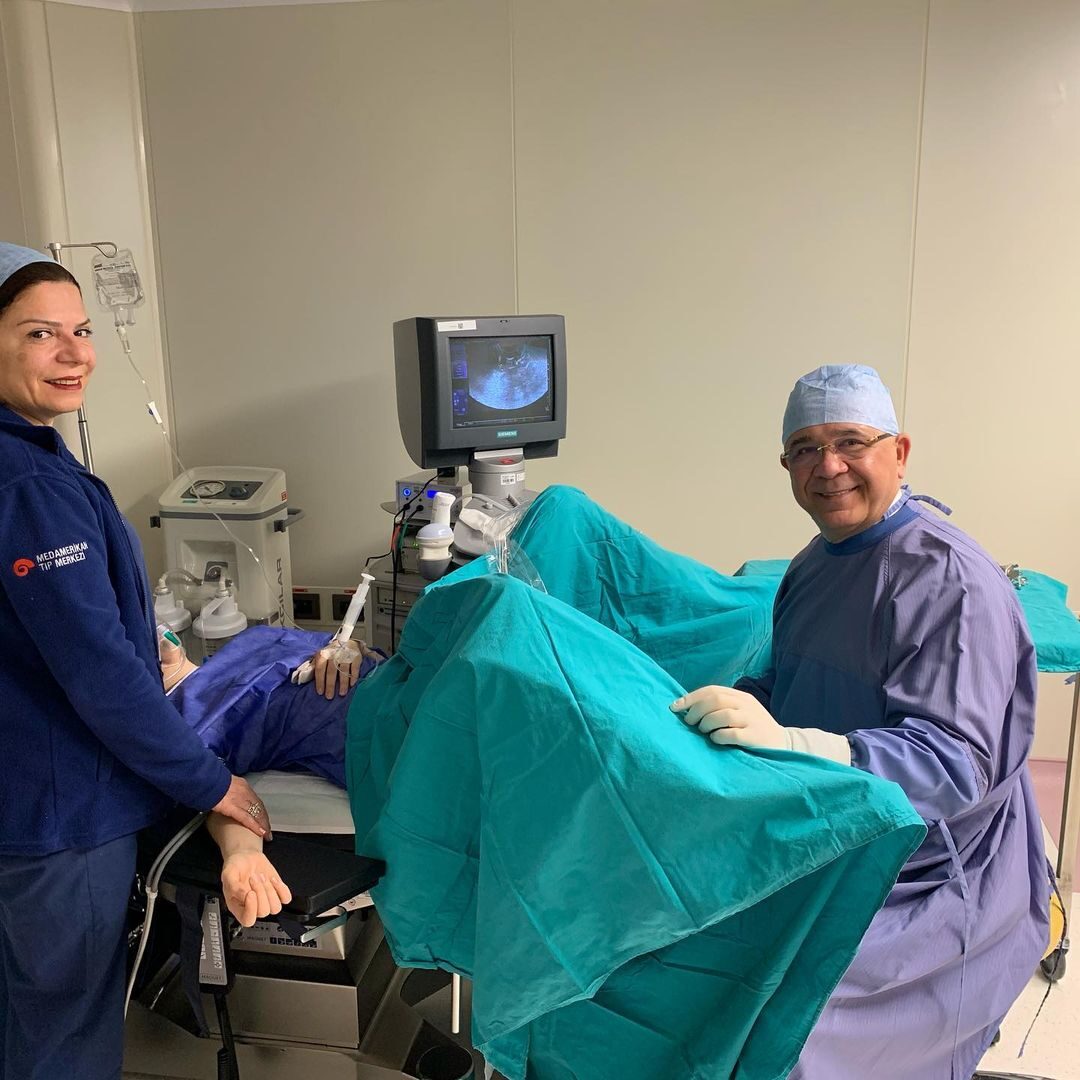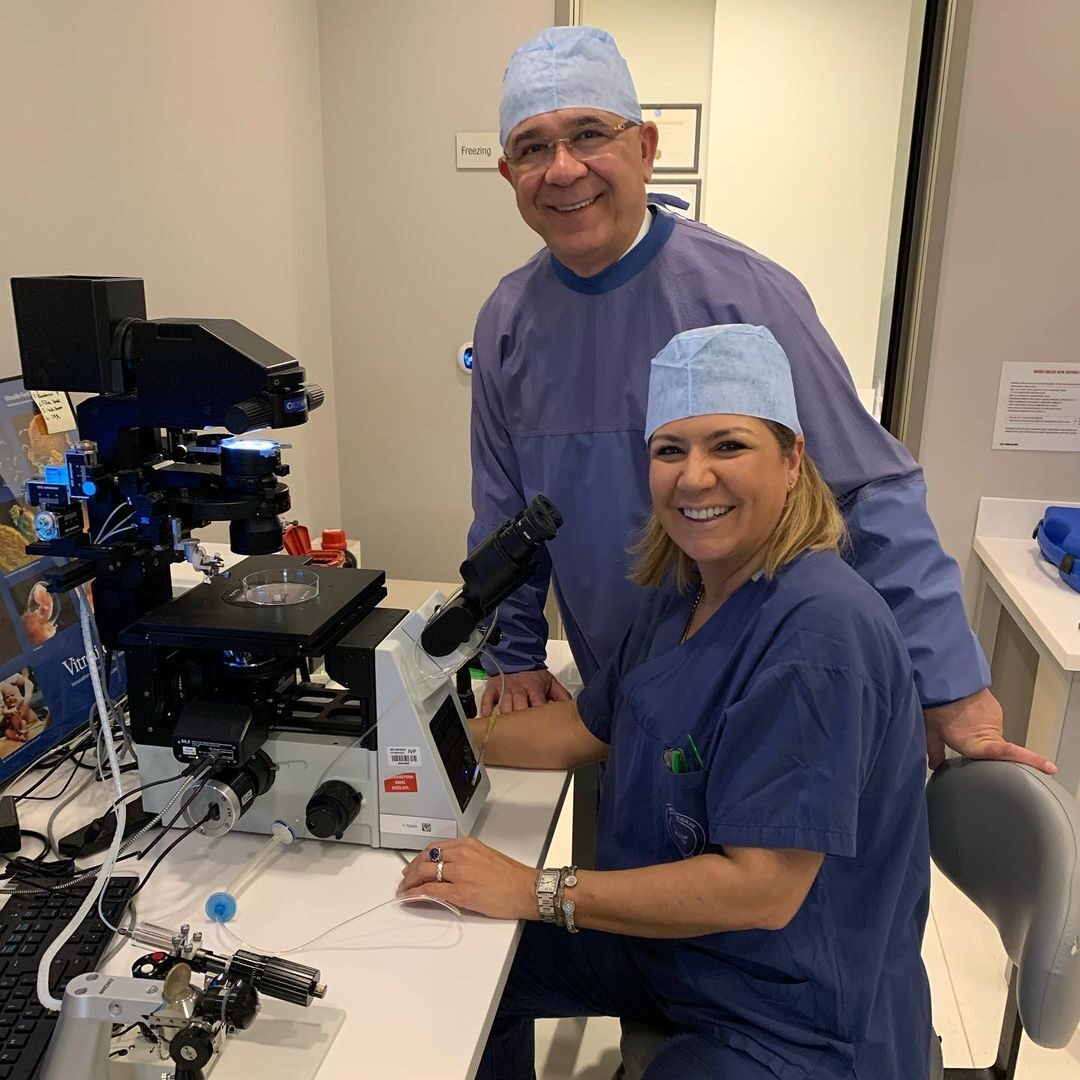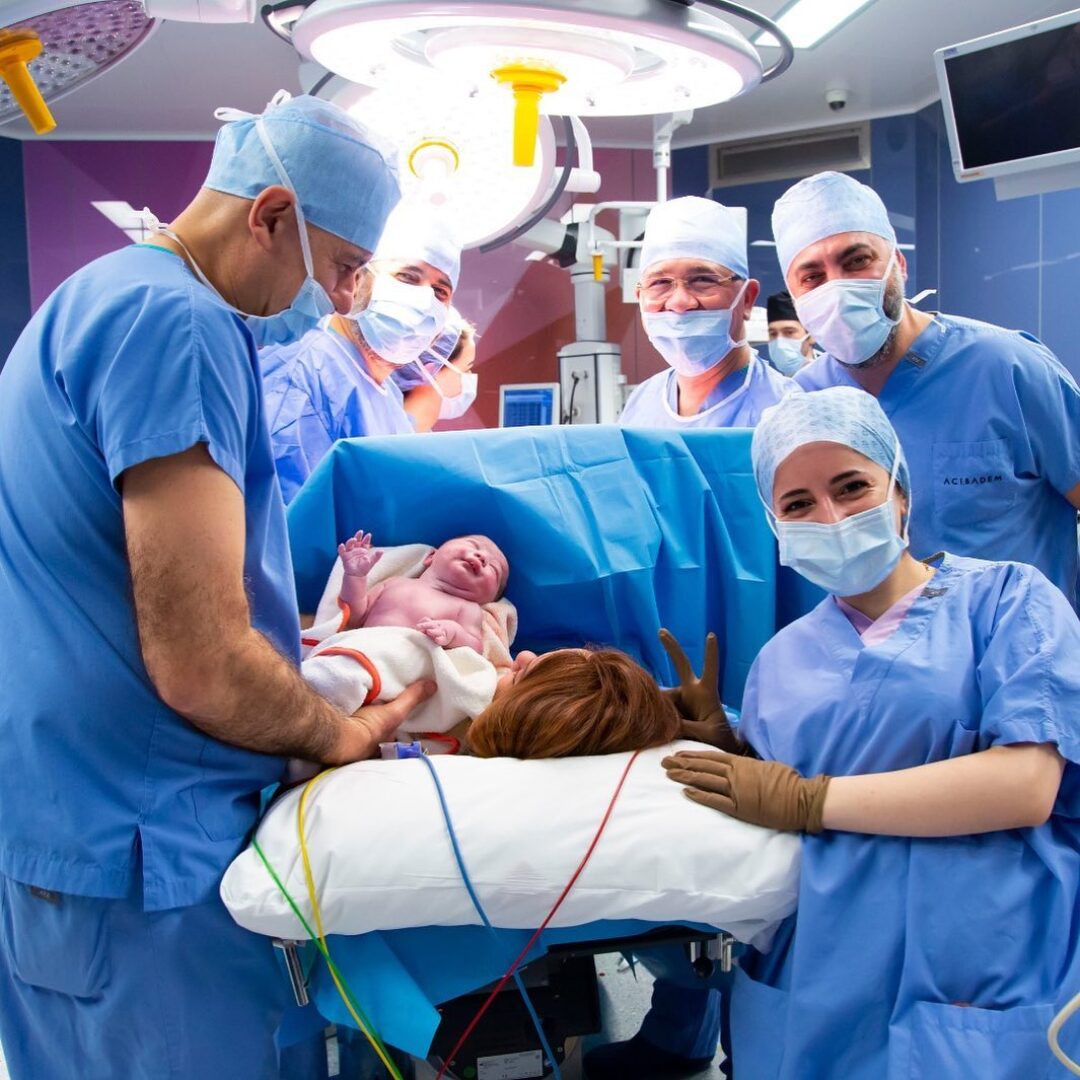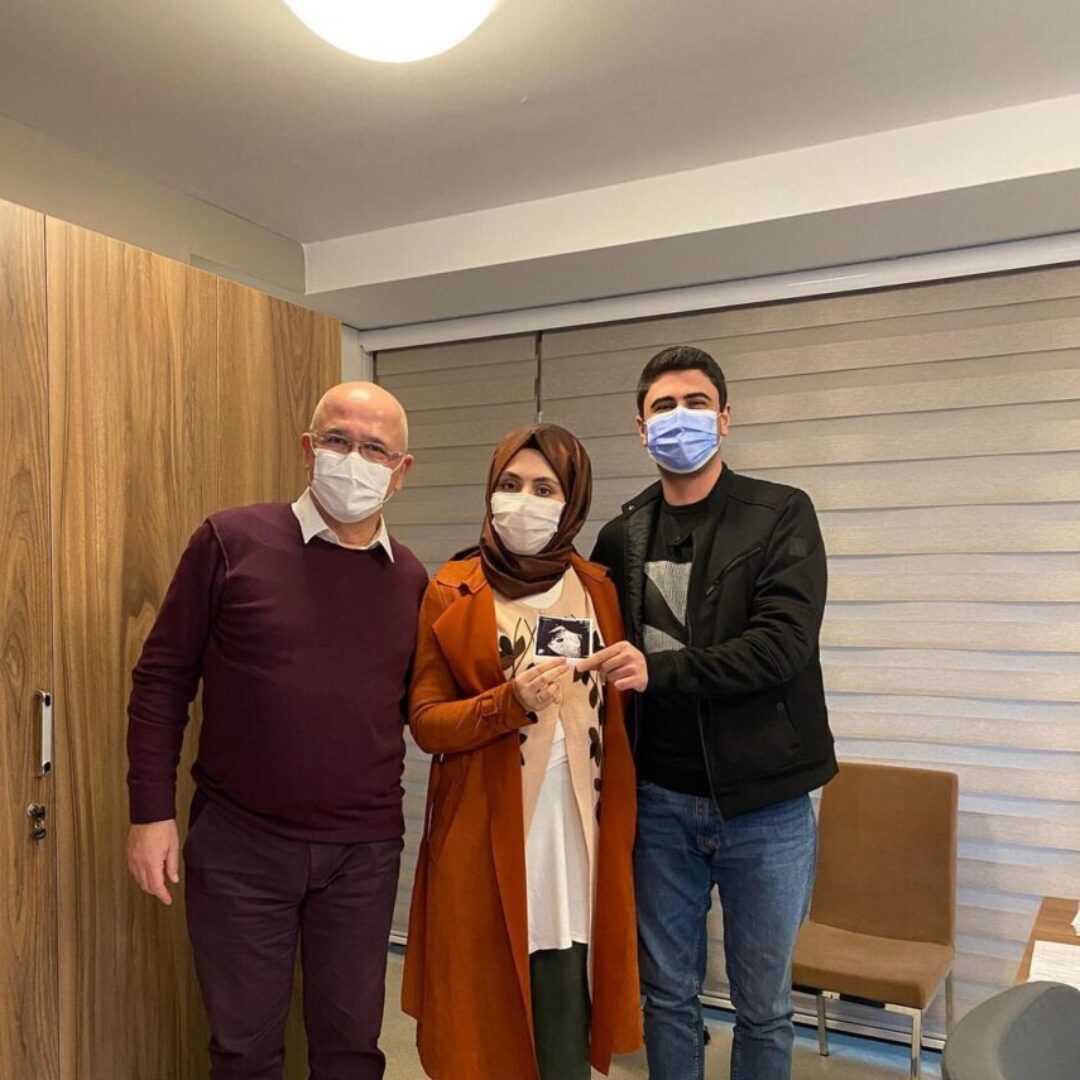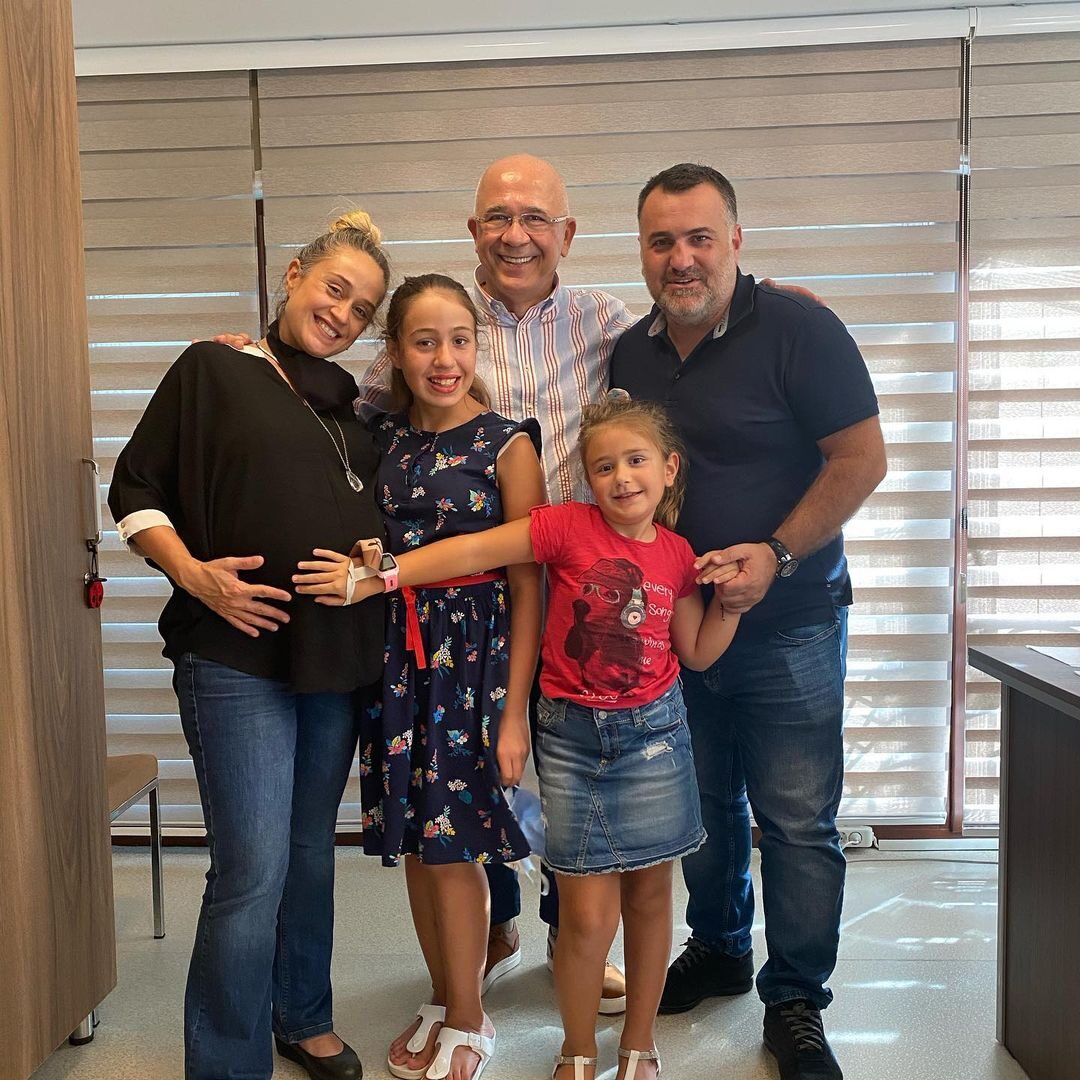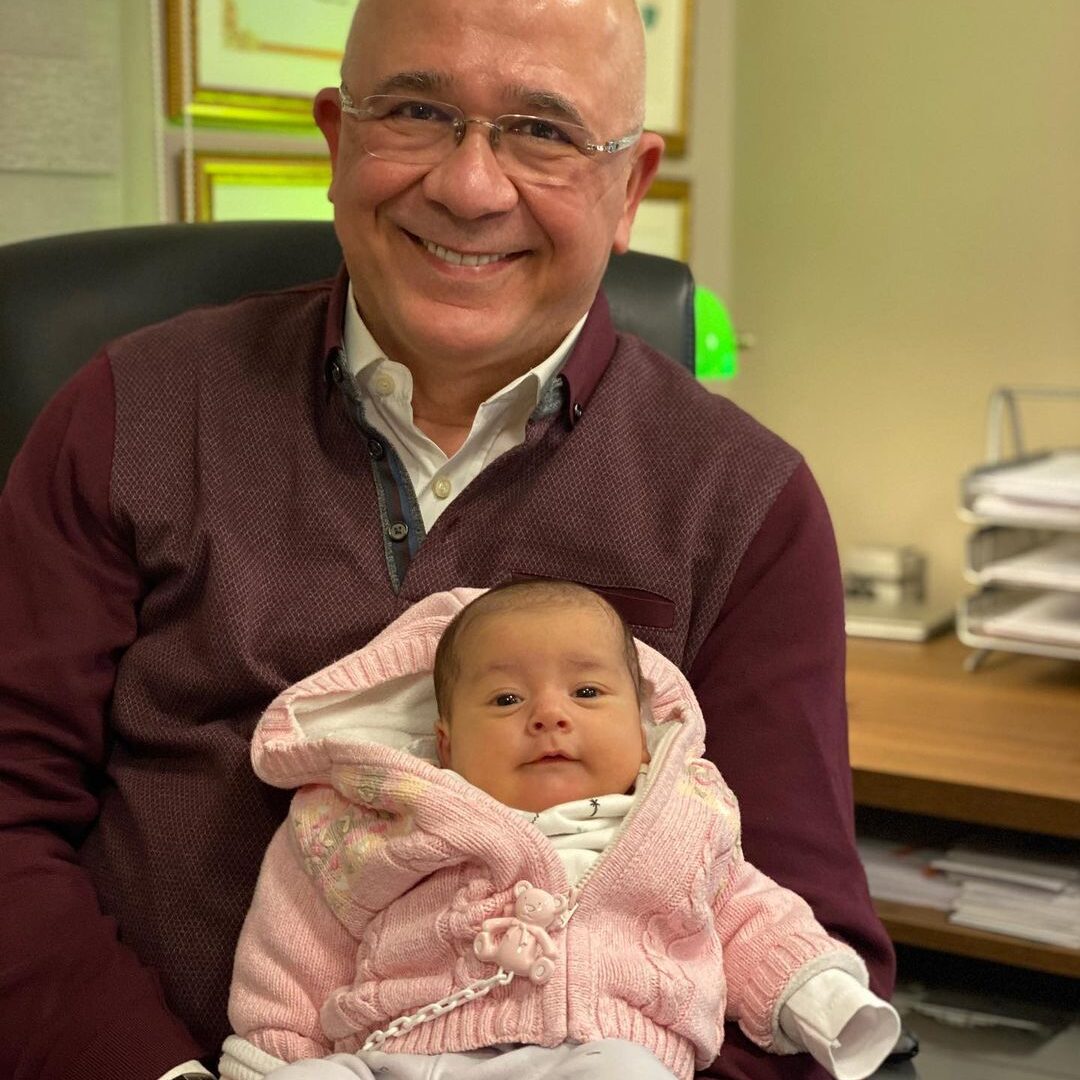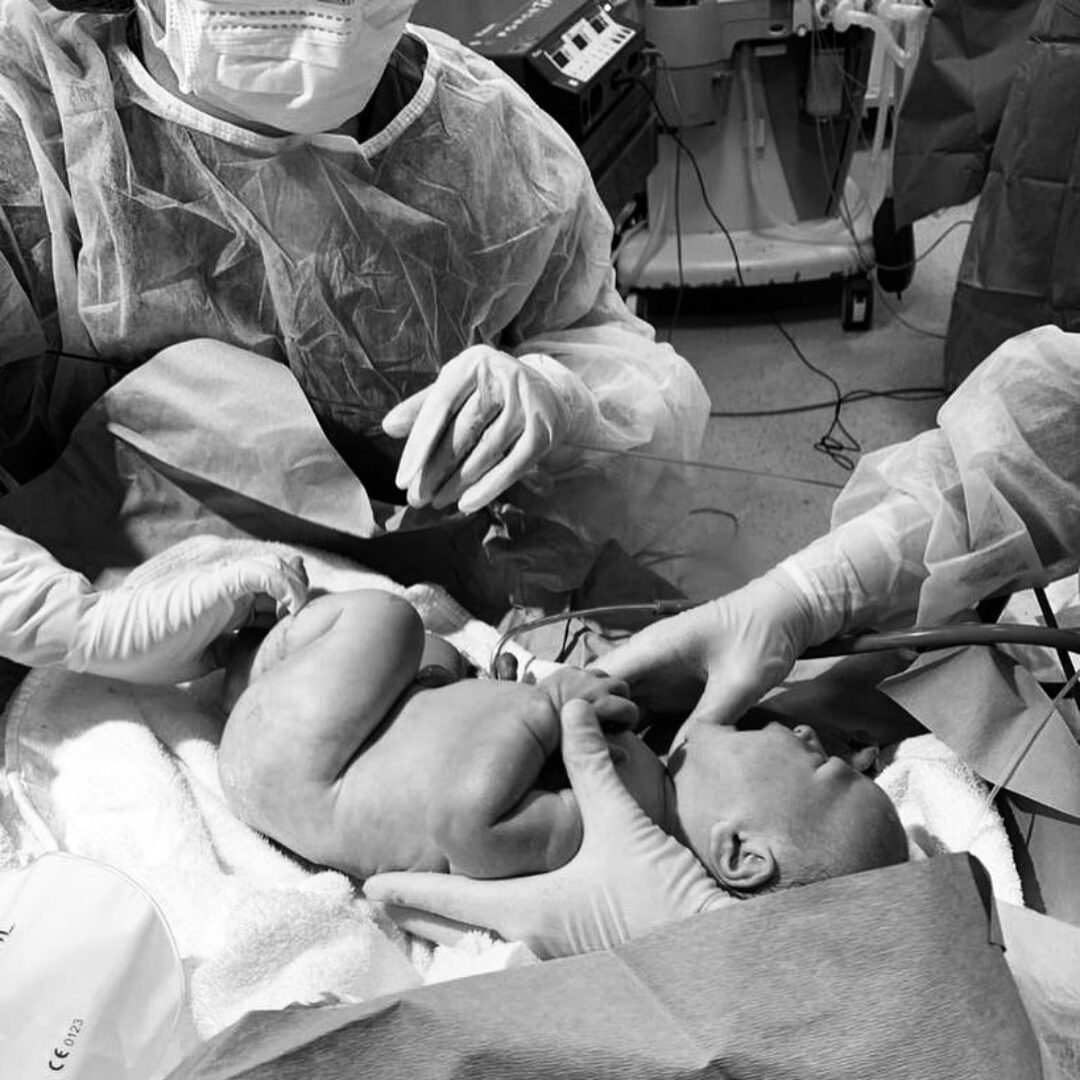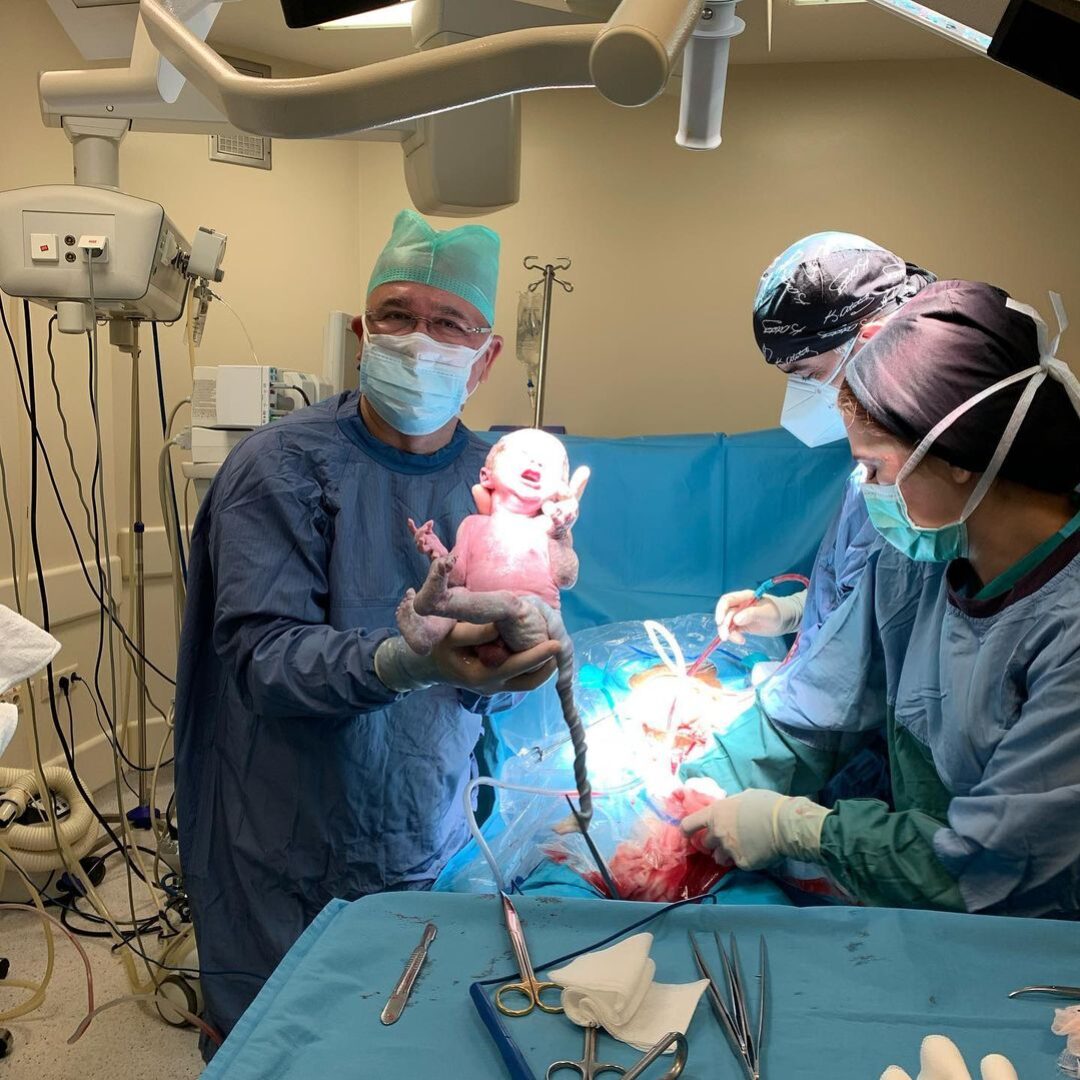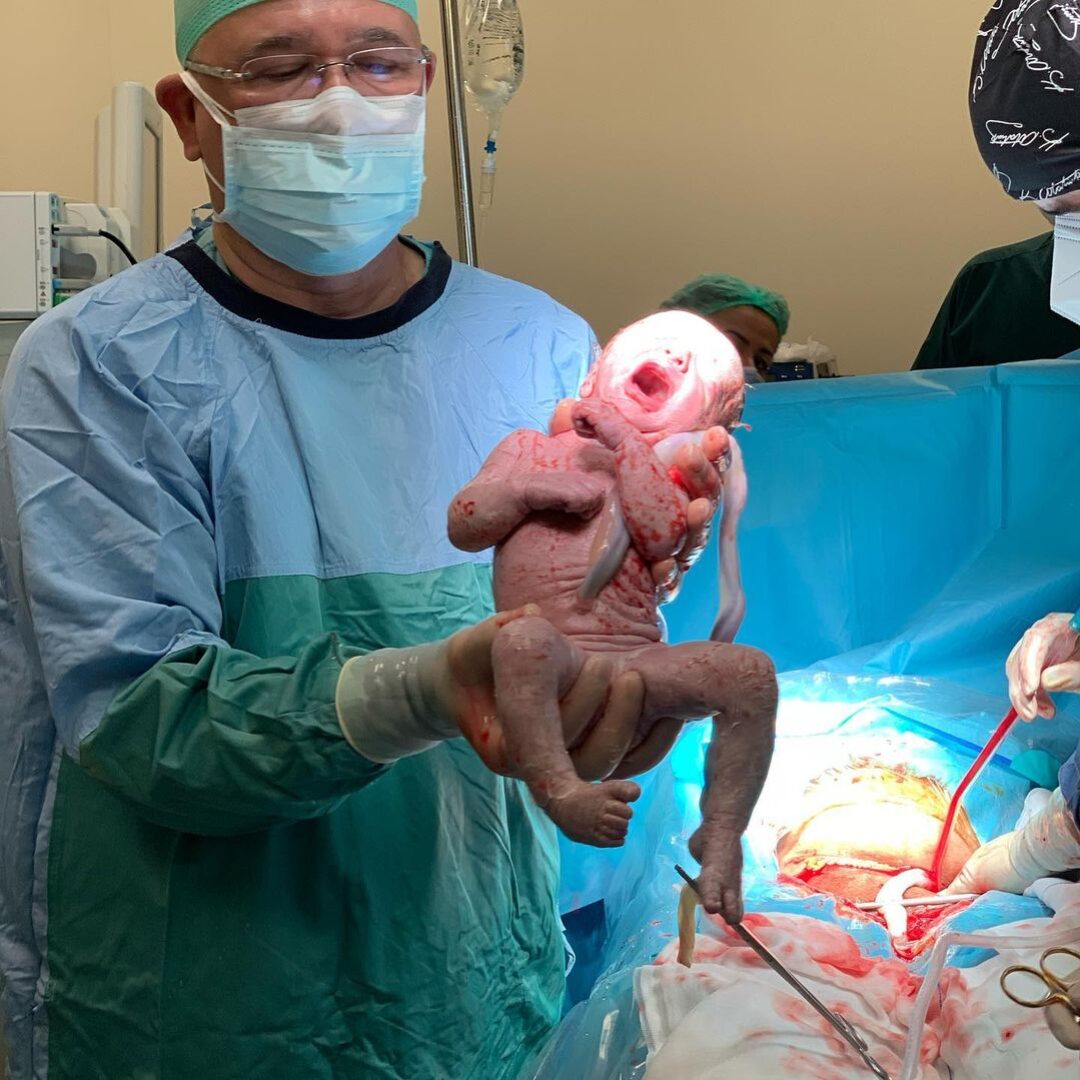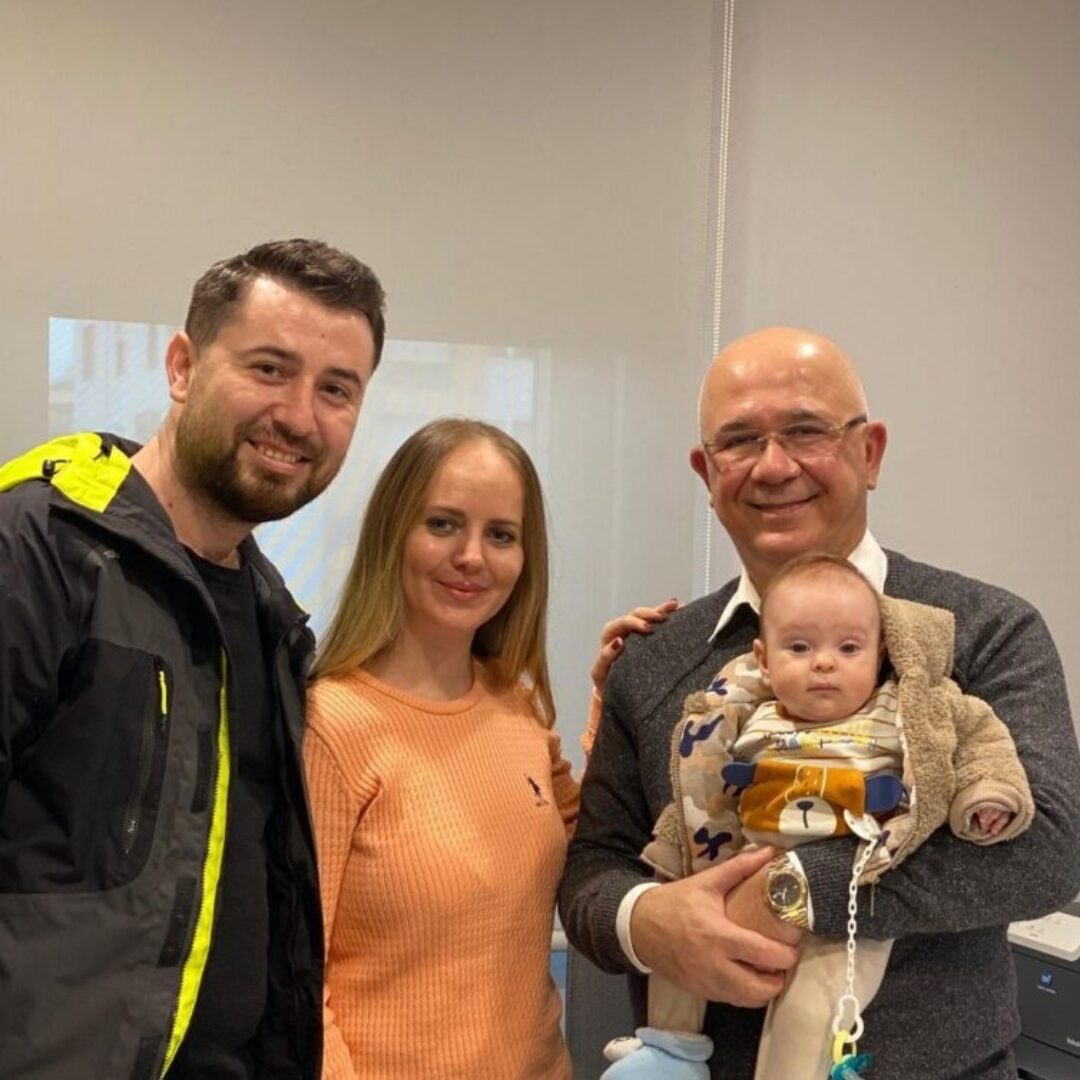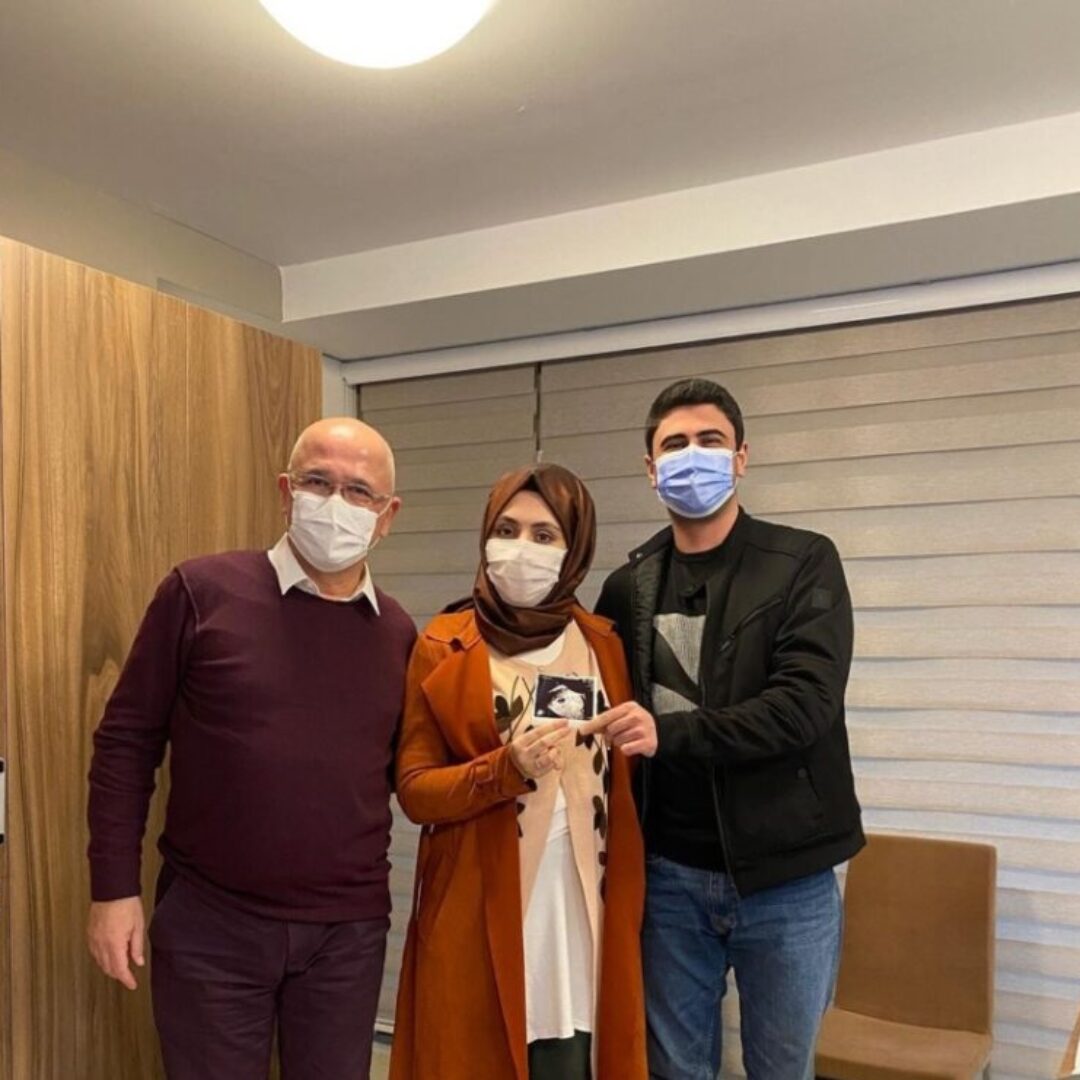
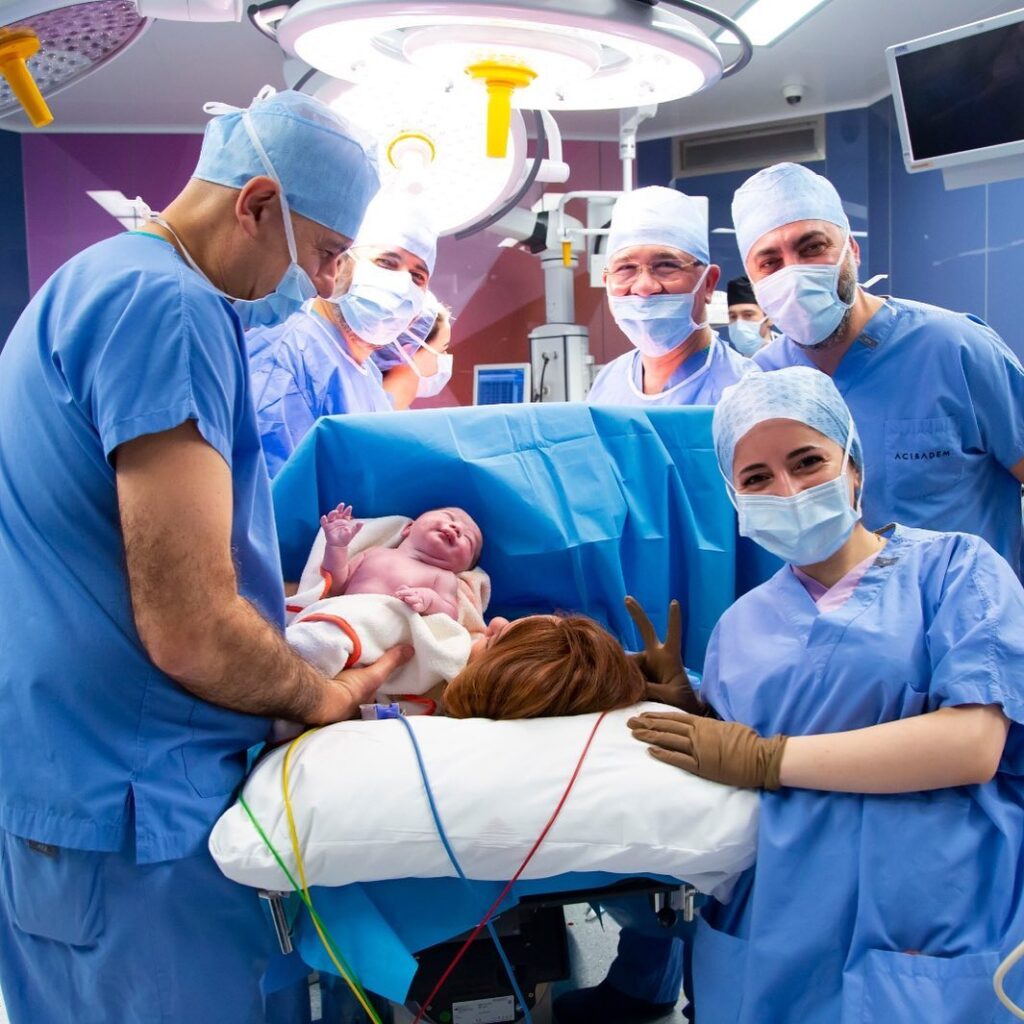
Treatment of infertility and IVF
Medicalturk Group in Turkey offers treatment of infertility and childbearing problems, with the latest scientific methods and the highest possible quality to reach the best results from a free consultation to arranging your medical trip to Turkey where we accompany you in all stages of your treatment.
You can reach us anytime at +90 555 096 66 89
Our services
with our latest advanced devises and lab equipment we perform all what you need to make your dreams come true

IVF

Laparoscopy

NGS

ICSI

Stem Cell Therapy

IUI

Micro Test

IMSI

Gander Selection

Hysteroscopy

PRP

In vitro fertilization (IVF) is a process of fertilization where an egg is combined with sperm outside the body, in vitro.
IVF works by using a combination of medicines and surgical interventions to help sperm fertilize an egg, and help the fertilized egg implant in your uterus.
IVF is an infertility treatment where an egg is fertilized by a sperm outside the body.
The success of IVF depends on multiple factors but not limited to : A healthy lifestyle including healthy nutrition & healthy weight to ensure healthy sperms and healthy eggs. Quitting smoking Avoiding stress
One full cycle of IVF takes about three weeks, sometimes the process can take longer.
The IVF cycle itself takes around three weeks, the length of a normal ovulation cycle. In addition to fertility testing which includes assessing your ovarian reserve or egg quality, uterine cavity evaluation, and semen analysis.
Our professional doctors
Our doctors has almost 30 years of experience , which we put in your hands to get the most wonderful journey and best results
Prof.Dr. Ali Ergur
Prof.Dr. Necmettin Atsu
Doç.Dr. Ahmet Fatih
Why Choose medicalturk
cases are evaluated by the best and most famous doctors in turkey
we are with you ( before you come, while you are here and even after you leave )
Answering all of their inquiries prior to treatment journey
We strive with all our energy to make your visit a unique and diverse experience
Providing personalized care to each patient tailored to their needs.
Ensuring maximum patient comfort and safety throughout their treatment journey
Find a clinic near you
Find Us On Map
Call for an appointment!
00905550966689
Feel free to message us
Send an Email
Contact us
- 00905550966689
- info@medicalturkgroup.com
